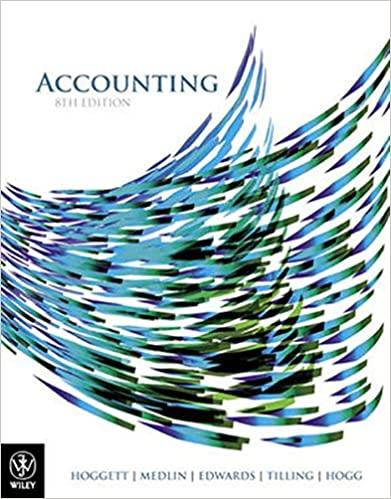1. Which one of the following assertions is not made by management in placing an item in the financial statements? Pg 187-189 a. existence or
1. Which one of the following assertions is not made by management in placing an item in the financial statements? Pg 187-189 a. existence or occurrence b. direct controls c. rights and obligations d. presentation and disclosure e. completeness 2. If reported sales for 20X0 erroneously include sales that occurred in 20X1, the assertion violated on the 20X0 statements would be: a. existence or occurrence b. completeness c. valuation or allocation. d. presentation and disclosure e. rights and obligations 3. The completeness assertion would be violated if: a. fictitious sales transactions were included in accounts receivable. b. the allowance for doubtful accounts was understated. c. unbilled shipments had occurred during the period. d. disclosure in the statements of pledged receivables was inadequate. e. the balance of accounts payable was overstated. 4. The rights and obligations assertion applies to: XXXXX XXXXX a. current liability items only. b. revenue and expense items only. c. both income statement and balance sheet items. d. assets that are not owned by the company. e. balance sheet items only. 5. Determining whether amounts are in conformity with GAAP addresses the proper measurement of assets, liabilities, revenues, and expenses which includes all of the following except: a. the reasonableness of managements accounting estimates. b. proper application of valuation principles such as cost, net reliable value, market value, and present value. c. consistency in the application of accounting principles. d. the reasonableness of managements accounting policies. e. proper application of the matching principle. 6. The concept of materiality is defined by the Financial Accounting Standards Board in terms of the judgment of the: pg 193 a. auditor. b. preparer. c. FASB members. d. users. e. AICPA members. 7. Which one of the following is among the three components of audit risk? Pg 194-195 a. incurrence risk b. occurrence risk c. rejection risk d. acceptance risk e. control risk 8. Inherent risk is defined in terms of: a. a total absence of controls. b. an ideal set of controls. c. the existing controls. d. the standard controls for the client's industry. e. a full set of controls. 9. For a particular assertion, control risk is the risk that: a. a material misstatement will occur in the accounting process. b. controls will not detect a material misstatement that occurs. c. audit procedures will fail to detect a weak control system. d. the prescribed control procedures will not be applied uniformly. e. an immaterial misstatement will occur in the accounting process. 10. Which of the following would not be an important factor in understanding an entitys industry, regulatory environment and other external factors? a. The competitive environment. b. The political environment. c. Relevant accounting pronouncements. d. Technological developments. e. The nature of the entity.
Step by Step Solution
There are 3 Steps involved in it
Step: 1

See step-by-step solutions with expert insights and AI powered tools for academic success
Step: 2

Step: 3

Ace Your Homework with AI
Get the answers you need in no time with our AI-driven, step-by-step assistance
Get Started


